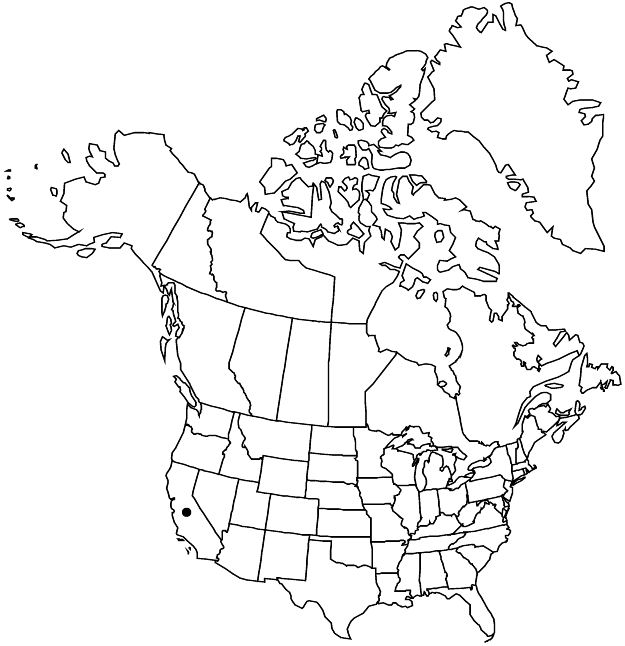Difference between revisions of "Lavatera olbia"
Sp. Pl. 2: 690. 1753.
FNA>Volume Importer |
imported>Volume Importer |
||
| (3 intermediate revisions by 2 users not shown) | |||
| Line 16: | Line 16: | ||
|name=Althaea olbia | |name=Althaea olbia | ||
|authority=(Linnaeus) Kuntze | |authority=(Linnaeus) Kuntze | ||
| + | |rank=species | ||
}} {{Treatment/ID/Synonym | }} {{Treatment/ID/Synonym | ||
|name=Lavatera hispida | |name=Lavatera hispida | ||
|authority=Desfontaines | |authority=Desfontaines | ||
| + | |rank=species | ||
}} | }} | ||
|hierarchy=Malvaceae;Malvaceae subfam. Malvoideae;Lavatera;Lavatera olbia | |hierarchy=Malvaceae;Malvaceae subfam. Malvoideae;Lavatera;Lavatera olbia | ||
| Line 34: | Line 36: | ||
|elevation=0–100 m | |elevation=0–100 m | ||
|distribution=Calif.;sw Europe. | |distribution=Calif.;sw Europe. | ||
| + | |introduced=true | ||
|discussion=<p><i>Lavatera olbia</i> is widely cultivated as a garden ornamental and along highway medians; it only rarely escapes or naturalizes, but a few apparent escapes have been found in Monterey, Orange, and San Francisco counties. <i>Lavatera olbia</i> and <i>L. thuringiaca</i> hybridize to produce the occasionally cultivated hybrid <i>Lavatera</i> ×clementii Cheek.</p> | |discussion=<p><i>Lavatera olbia</i> is widely cultivated as a garden ornamental and along highway medians; it only rarely escapes or naturalizes, but a few apparent escapes have been found in Monterey, Orange, and San Francisco counties. <i>Lavatera olbia</i> and <i>L. thuringiaca</i> hybridize to produce the occasionally cultivated hybrid <i>Lavatera</i> ×clementii Cheek.</p> | ||
|tables= | |tables= | ||
| Line 43: | Line 46: | ||
-->{{#Taxon: | -->{{#Taxon: | ||
name=Lavatera olbia | name=Lavatera olbia | ||
| − | |||
|authority=Linnaeus | |authority=Linnaeus | ||
|rank=species | |rank=species | ||
| Line 59: | Line 61: | ||
|publication year=1753 | |publication year=1753 | ||
|special status=Introduced | |special status=Introduced | ||
| − | |source xml=https:// | + | |source xml=https://bitbucket.org/aafc-mbb/fna-data-curation/src/2e0870ddd59836b60bcf96646a41e87ea5a5943a/coarse_grained_fna_xml/V6/V6_505.xml |
|subfamily=Malvaceae subfam. Malvoideae | |subfamily=Malvaceae subfam. Malvoideae | ||
|genus=Lavatera | |genus=Lavatera | ||
Latest revision as of 23:21, 5 November 2020
Subshrubs or shrubs, usually 1–2 m. Stems woody at base, bristly-hairy, young stems tomentose, infrequently glabrescent. Leaves reduced distally; stipules narrowly lanceolate, 2–4 mm; petioles to 10 cm in proximal leaves, reduced distally to 1/4 blade length; blade green, to 15 cm, surfaces densely stellate-tomentose, proximal blades broadly to narrowly ovate, 3–5-lobed, lobes lanceolate to ovate, margins crenate-dentate to nearly entire, apex acute to rounded, distal blades oblong-ovate to lanceolate, often slightly 3-lobed and subhastate. Inflorescences solitary flowers or congested racemelike distally, subsessile. Pedicels 0.2–0.7 cm, not elongating in fruit; involucellar bractlets connate halfway, subequal to calyx, lobes wide-ovate, apex acuminate. Flowers showy; calyx divided halfway, campanulate, ciliate, hispid-hairy, lobes abruptly acuminate, ± enclosing fruit; corolla 4–6 cm diam., petals pink to purple-violet, veins darker rose, 2–3 cm, bases not overlapping (calyx visible between), apex shallowly notched; staminal column glabrous; anthers on upper 3/4 of stamen column, pink to yellowish; style 17–19-branched (same number as locules). Mericarps 17–19, tomentose or hispid, sides sometimes glabrate. 2n = 42.
Phenology: Flowering Jun–Aug(–Oct).
Habitat: Disturbed habitats
Elevation: 0–100 m
Distribution

Introduced; Calif., sw Europe.
Discussion
Lavatera olbia is widely cultivated as a garden ornamental and along highway medians; it only rarely escapes or naturalizes, but a few apparent escapes have been found in Monterey, Orange, and San Francisco counties. Lavatera olbia and L. thuringiaca hybridize to produce the occasionally cultivated hybrid Lavatera ×clementii Cheek.
Selected References
None.